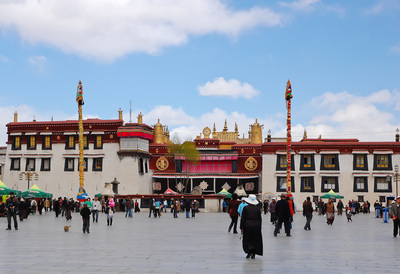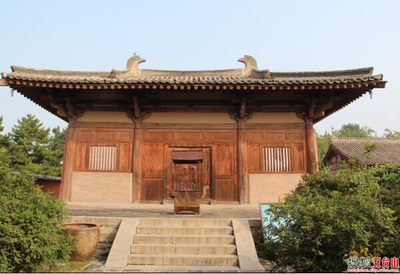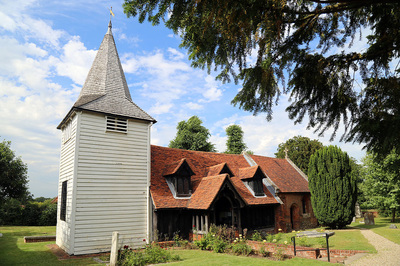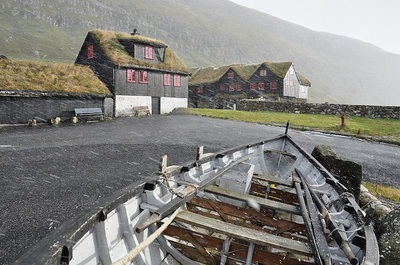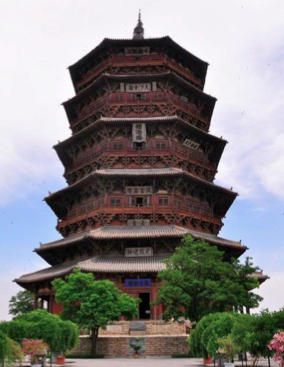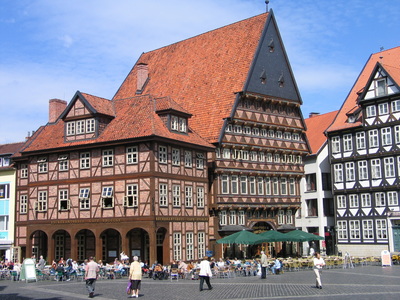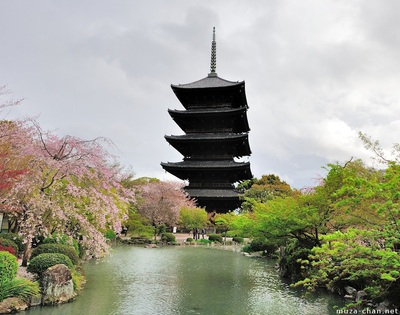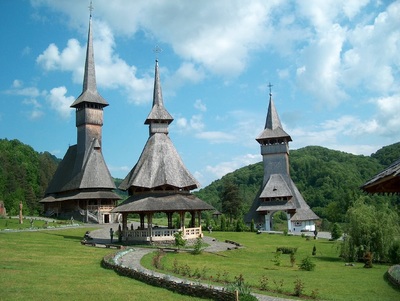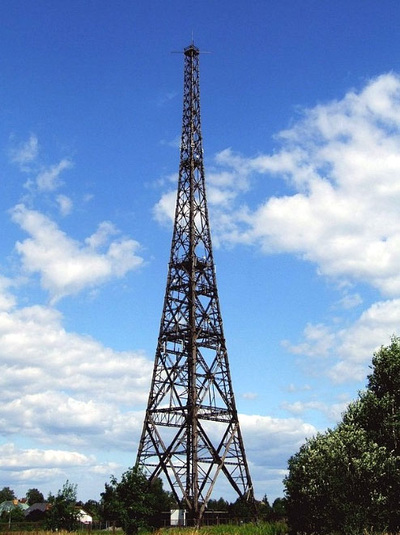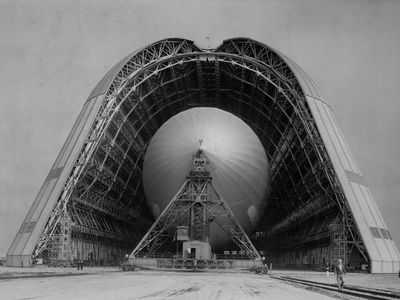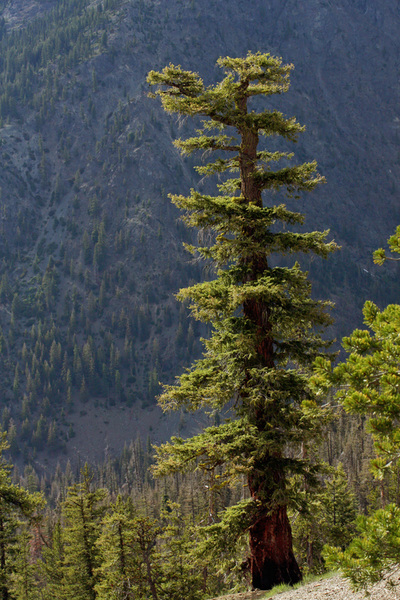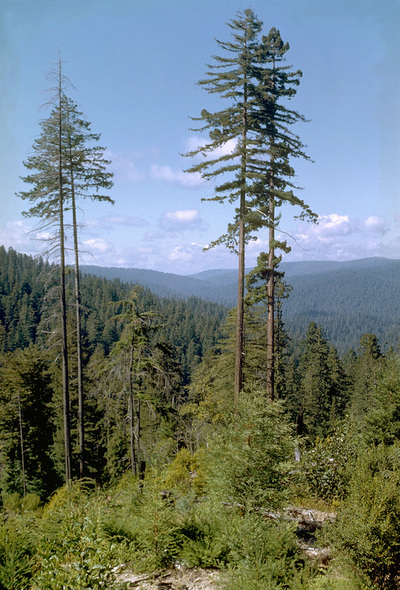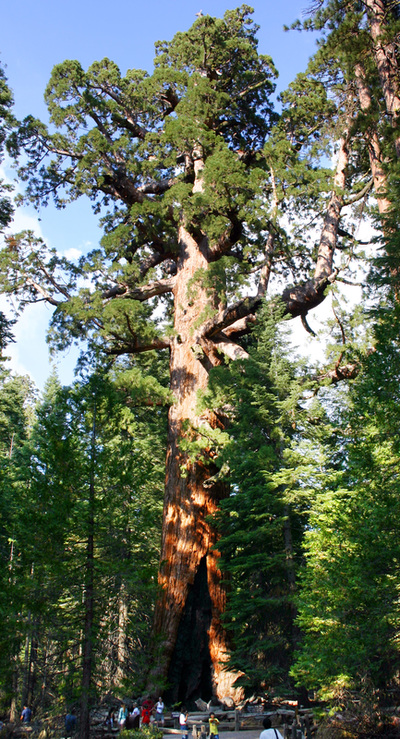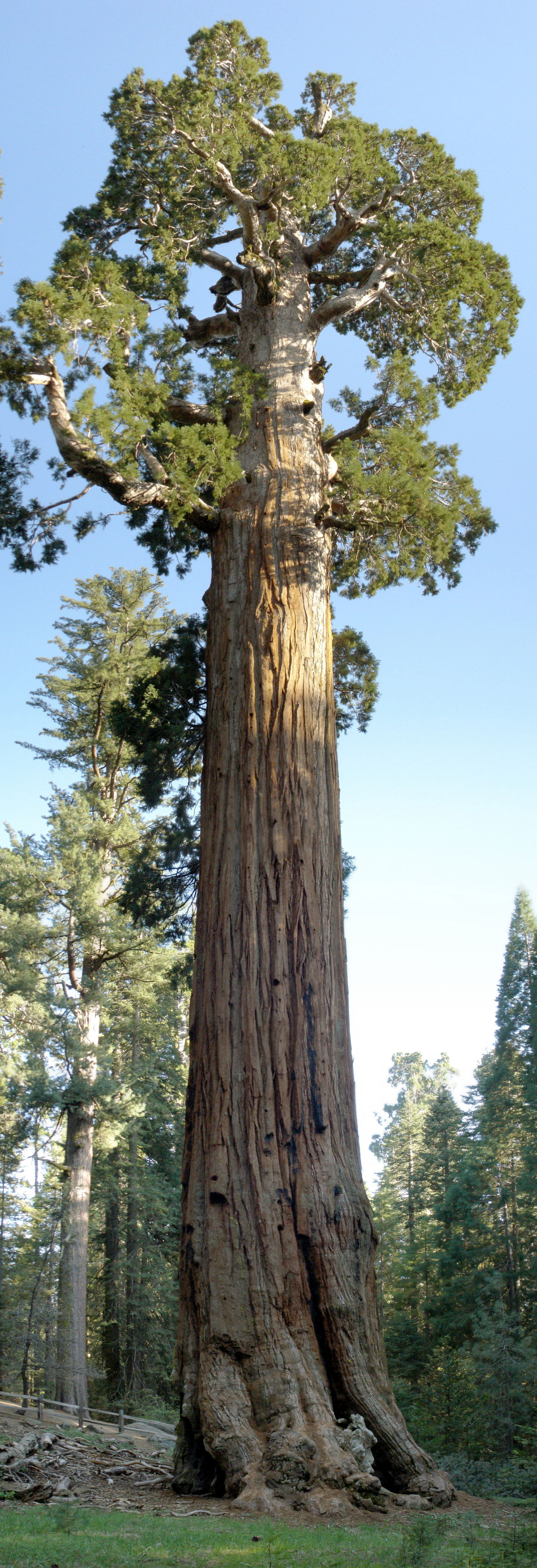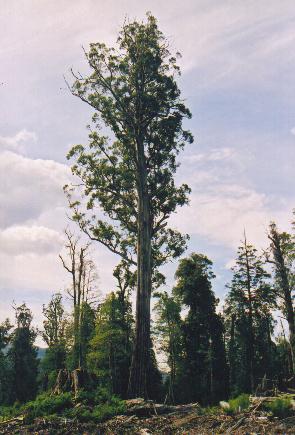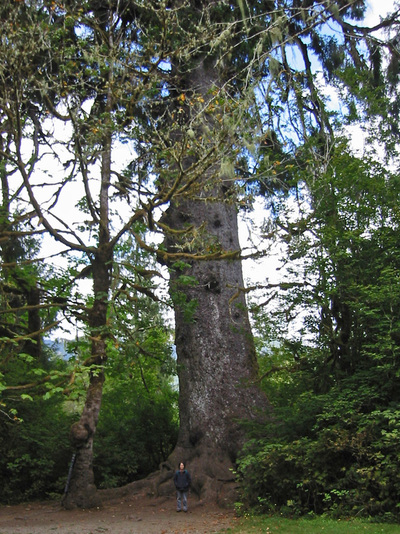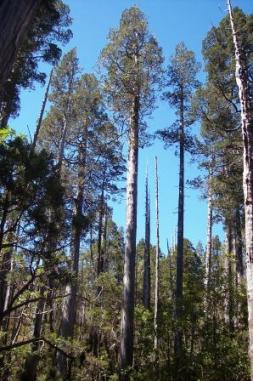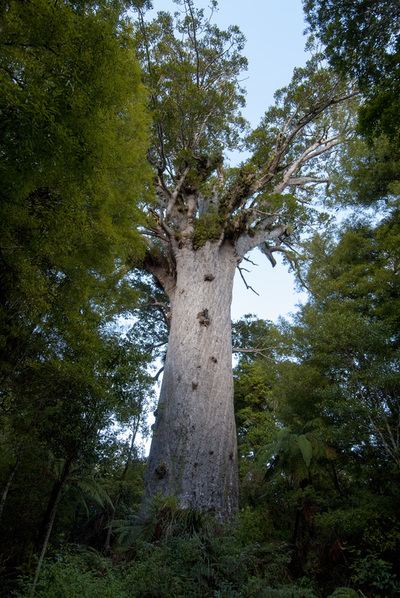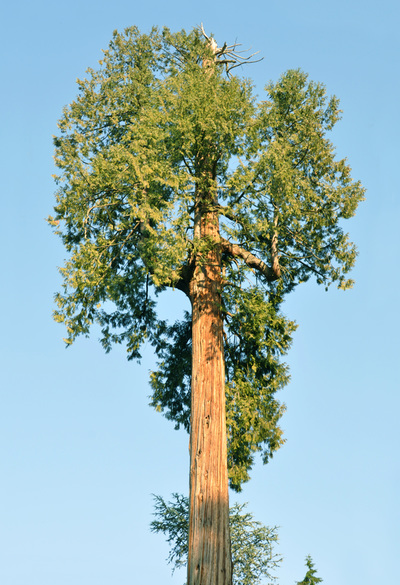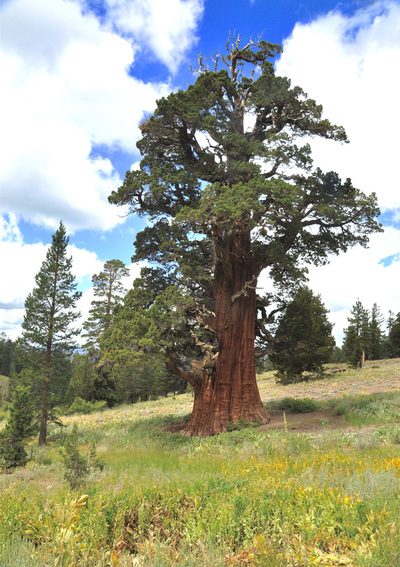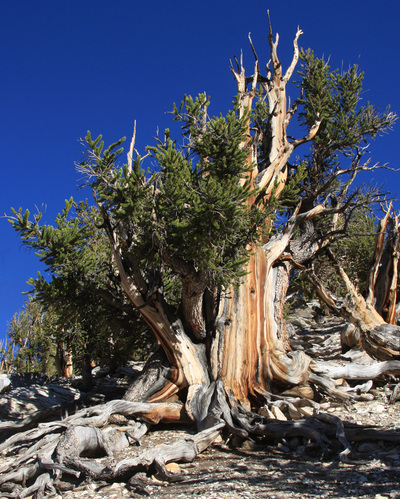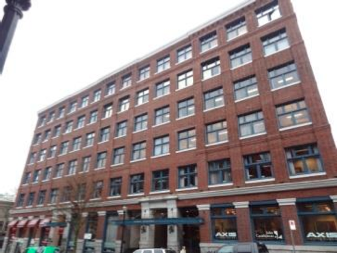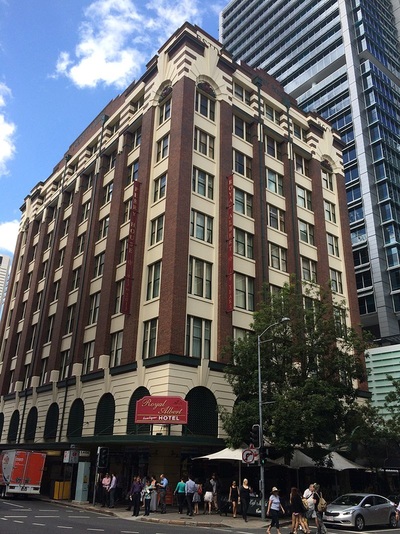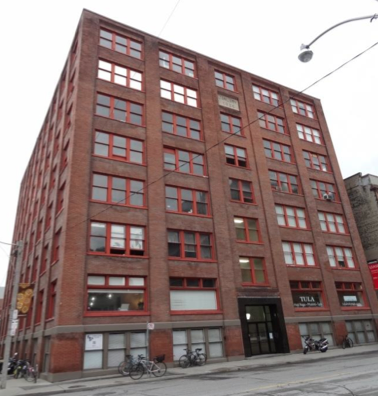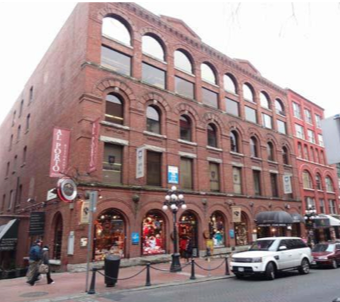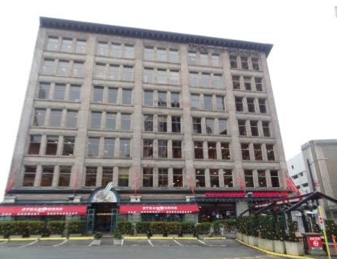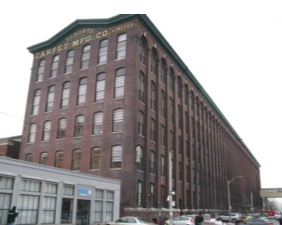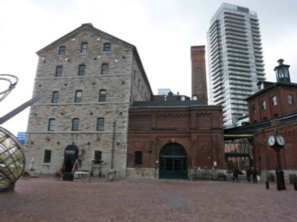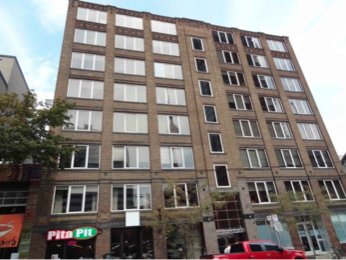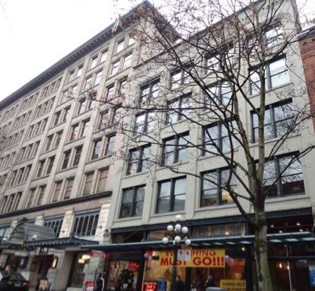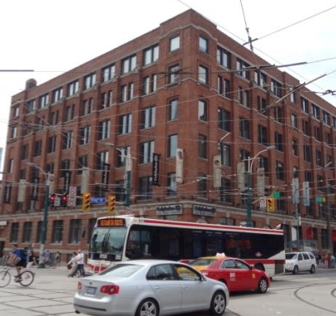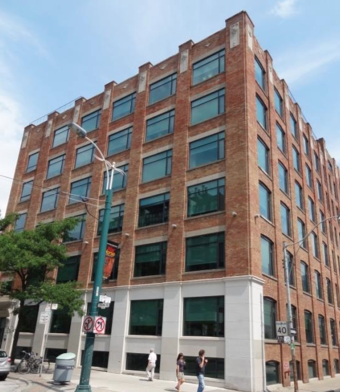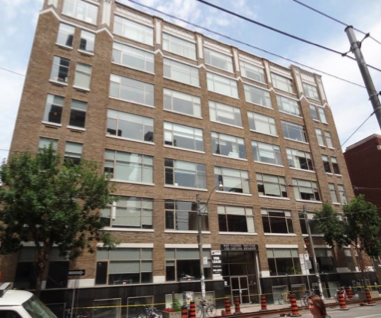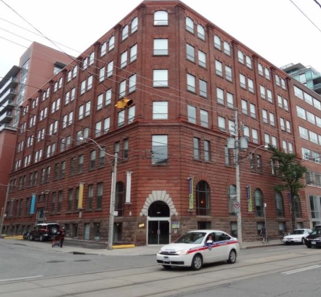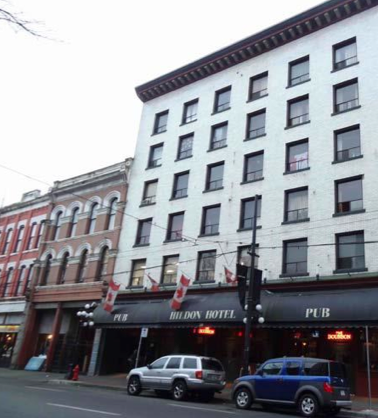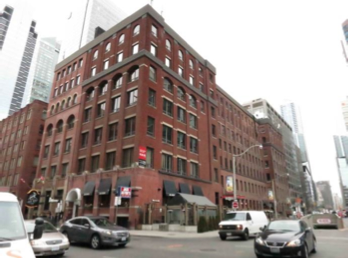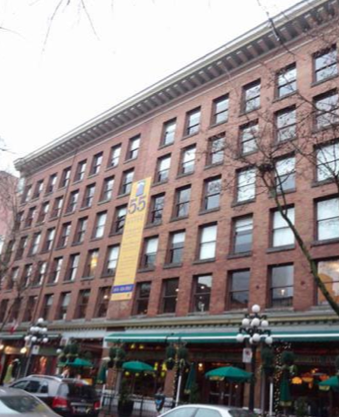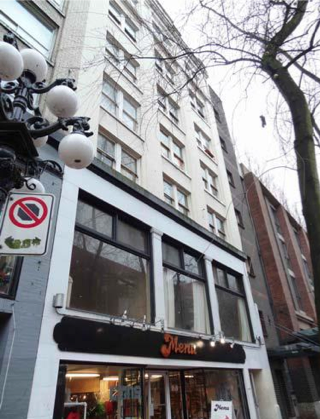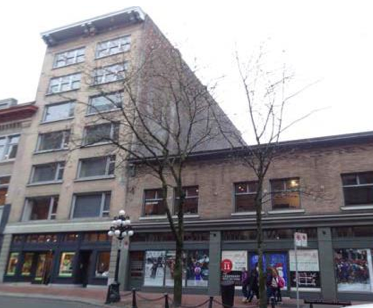Wood has been the natural building material of choice for centuries. The only limitations where the size of timbers you could acquire and methods for erecting them. How old is the oldest concrete or steel building? There are a numerous mass timber buildings that were designed with lasting, durable details which have survived over 1000 years. Our selection on Historic Wood Projects takes a view back a few hundred centuries to review these enduring structures.
HISTORIC WOOD PROJECTS
SUPERLATIVE TREES
We believe that part of the modern use of wood products is intrinsically linked to protecting, managing and respecting the natural environment. As part of that fundamental vision we give respect to the amazing strong, and enduring organic organisms that have grown through the centuries. The trees have survived a multitude of fires, earthquakes, massive wind events and other natural catastrophes, yet some of them are older than many of humanities' great architectural achievements. The great Bristle Cone Pine was already 500 years old when the first pyramids at Giza started to appear.
Many of the images of Superlative trees are only species images as the images and exact location of these organisms has been kept from public domain to protect the specific trees. Clinking on the image will link to a wikipedia article on the tree when available.
Many of the images of Superlative trees are only species images as the images and exact location of these organisms has been kept from public domain to protect the specific trees. Clinking on the image will link to a wikipedia article on the tree when available.
Brick and BEAM Type Structures
Mass Timber was a large part of the development of the new world, it played a historic role in naval commerce, and construction of modern cities. Old growth forests in the North America left ripe for exploitation fuelled a surge of timber construction across both the North America and Europe to fuel society into the modern era. As these resources dwindled the price of steel became more competitive compared to Douglas Fir or large Maple timbers. The conversion of natural forest lands to agricultural zones resulted in the loss of immense tracks of natural environment. The availability of large diameter high quality timber quickly depleted. Building codes were implemented in the 1940's that suddenly restricted Tall Wood projects due to a prescriptive based code, that was not based on scientific evidence (performance based). Since those days of environmental disconcern and seemingly limitless resources we have taken great leaps towards forestry management, sustainability and conservancy. Modern mass timber projects are constructed out of engineered wood products which do not use any virgin, or old growth materials. Small diameter trees are harvested from sustainably managed forests. These fibre sources are then processed by a variety of means to produce our modern array of Mass Timber products out of smaller pieces.
These examples of historic tall wood buildings have proven to be effective and are generally updated to match modern codes. Sprinkler systems are added and seismic upgrades are undergone for connection design. The Mass Timber elements have provided natural fire resistance to the buildings which now represent a valuable part of history and the modern built environment.
These examples of historic tall wood buildings have proven to be effective and are generally updated to match modern codes. Sprinkler systems are added and seismic upgrades are undergone for connection design. The Mass Timber elements have provided natural fire resistance to the buildings which now represent a valuable part of history and the modern built environment.
Images/ Research courtesy: FPInnovations, A Study on Historical Tall Wood Buildings in Toronto and Vancouver. Kenneth Koo, May 2013


